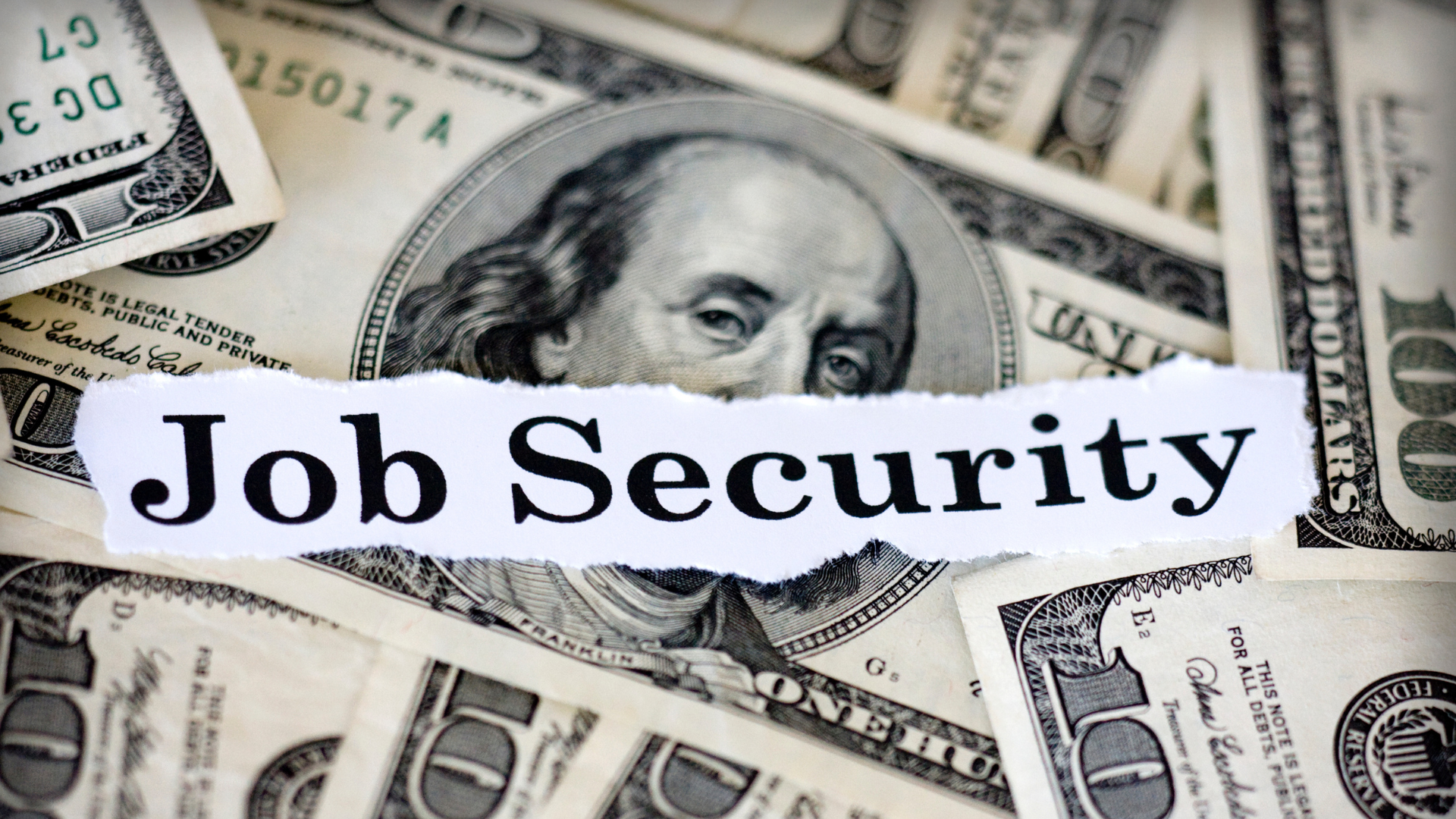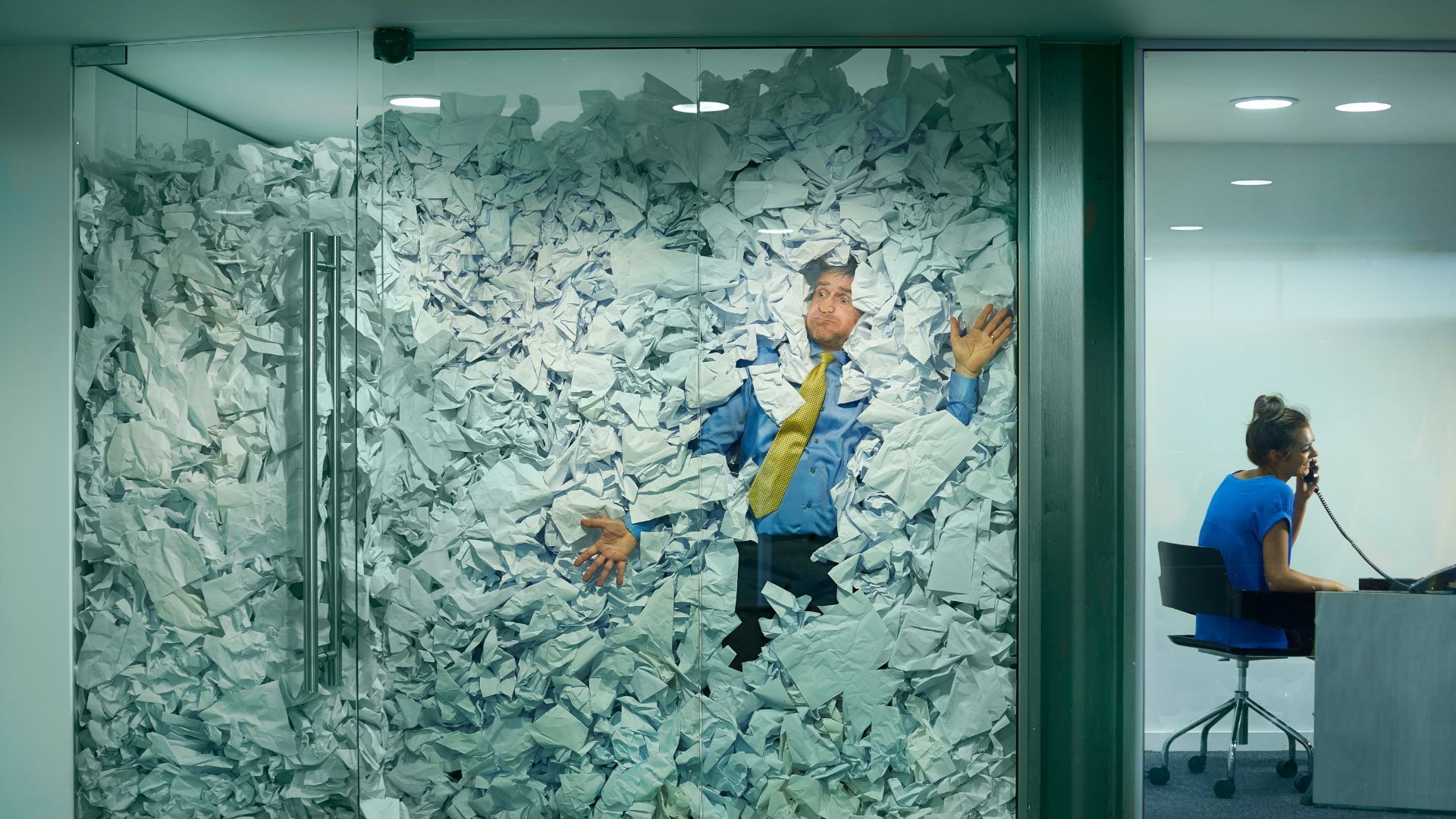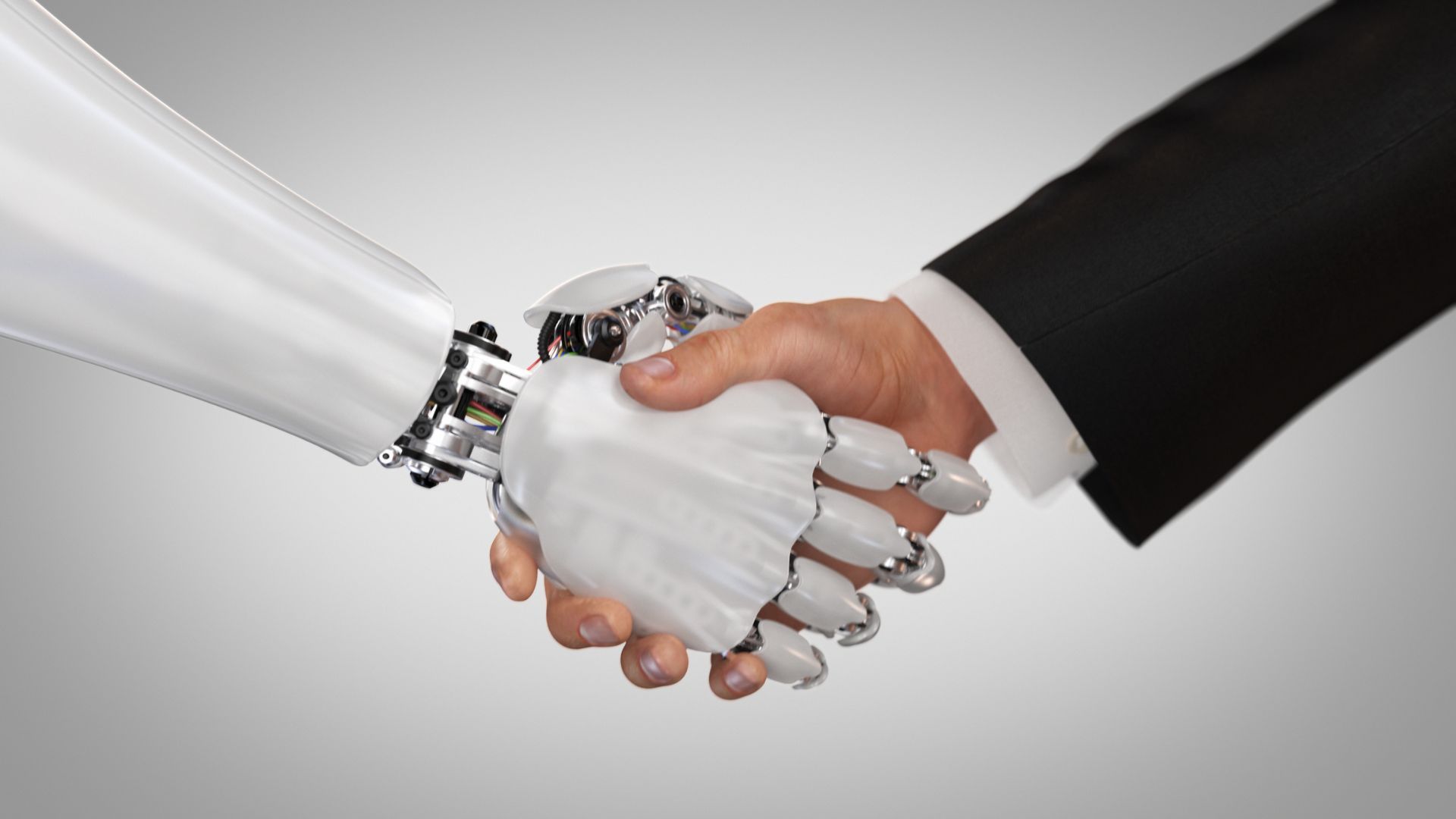Why office expectations and etiquette will never be the same
The Australian Business Review • December 18, 2023

Workplace literature has long loved capturing office trends in neat phrases: think of "getting the right people on the bus", which was a concept announced in the Jim Collins classic, Good to Great, published more than 20 years ago.
But in the past few years it's been in overdrive, with, one has to admit, clever naming of trends: think "quiet quitting" and "the great resignation".
The latest comes from Deel, the global HR and payroll platform riding a post- pandemic revolution in work. In a report, Workplace Trends for 2024, it alerts us to "aeroplane mode"; "rage applying"; and "queenagers", to name just a few.
The report argues that 2023 was the year when "companies fully left the pandemic behind and deliberated what working model made sense for them for the future".
It suggests that whichever way companies slice the week up for their workers (2:3 or 3:2 or 4:1 or 1:4) the five-days-in-the-office model has gone for good. And that means changes in the way we work.
The platform is well placed to assess trends now that technology allows us to work anywhere, anytime. It used its experience of onboarding (there's another bit of jargon for showing new employees the bathroom, along with the company's code of conduct) thousands of workers worldwide to highlight the changes.
First, there's the adoption of the "aeroplane mode" at work as a way to counter the relentless tide of emails and other communications that now dictate the way many people organise (or fail to organise) their work days.
"Like the idea of unplugging at work and letting all those email updates and Slack dings melt away for a bit?" the report says.
"Well, it may become standard practice for employers soon. In order to foster 'deep focus, one company, Density (which specialises in workplace analytics), suggests employees turn on aeroplane mode for 100 minutes and use that time to read, brainstorm, or whatever else helps employees get in the zone."
It makes a lot of sense, although bosses might need to physically remove mobile phones from staff for it to be effective - 100 minutes is a long stretch for any of us to be away from our phones during waking hours. Plus that much time away from their communications could see workers becoming less, rather than more, productive.
Then there's "rage applying" - when people apply for jobs more in anger than in hope, and which appears to be a close relation to the "great resignation" and the surfeit of vacancies in many Western economies.
"Maybe you were passed over for a promotion, or your boss is being overbearing," Deel says. “Or, you're just generally feeling mistreated at your job. One reactionary tactic you might resort to is 'rage applying. In response to unhappiness at work, the rage-applier will fire off job applications as both an emotional release and a quick look to see if better options exist. While looking for greener pastures is often necessary, we'd recommend proceeding with caution."
"Queenagers" are a new worker category - women who began their careers as early as the 1980s and were forced "through sheer will and determination, to break the glass ceiling by becoming ambitious corporate dynamos".
The report says they are now typically between 45 and 65 years old, with older kids and relatively high incomes. The suggestion seems to be that employers need to understand the power of this group and use them effectively - not to mention marketers, always alert to a cashed-up consumer cohort.
The report summarises other trends post-Covid.
There's the one about being more relaxed and authentic when we take the online calls that have become routine. Zoom etiquette encourages people to keep their cameras on, even on truly bad hair days, and now "unfiltered zooming" requires us to stop excessive use of media filters and Photoshop to make the study or bedroom look more professional - or more anonymous.
Says the report: "Next year might see us apply this to our digital backgrounds to encourage an authentic remote-work culture. Apart from the fact virtual environments never work quite perfectly, your actual backdrop is part of you, so try not to cover it up. Tidy up, though - a little professionalism goes a long way."
Another trend with its genesis in Covid-19 and the shift to more time at home is social side-gigging. That's when you take up a weekend job for the social interaction after days in a working-from-home vacuum. The report suggests "side gigs" such as food service and bar tending are chosen by some white-collar workers because they involve a high level of social interaction, and can even operate as a creative outlet. Maybe, but there's also the question of money at a time when wages have not kept pace with inflation. Deel is not the only company in the business of office trends. Here's one that might agitate those bosses already struggling with employees' more casual approach to attire after a couple of years in their pyjamas at home.
A poll by people2people Recruitment suggests a number of us are happy about wearing shorts to the office, with one-third saying shorts would make them more productive and about half saying shorts would not affect productivity either way- which seems like the more obvious answer. Some 27 per cent are happy about shorts but stopped short (!) of the idea of wearing them for client meetings, but only 32 per cent see shorts as unprofessional.
In line with the times the poll did not ask gender-specific questions and assumes the replies apply to men and women equally. Also in line with the times, if shorts do become the de rigueur in the office in 2024, managers will find it very hard indeed to address any shortcomings (!) in the way their employees dress. That's another trend - the no-go zone when it comes to making a personal comment about the appearance of an employee.
Find the job you love I Find the right talent
Get in touch with people2people
Australia
I
United Kingdom
In business since 2002 in Australia, NZ, and the United Kingdom, people2people is an award-winning recruitment agency with people at our heart. With over 12 offices, we specialise in accounting and finance, business support, education, executive, government, HR, legal, marketing and digital, property, sales, supply chain, and technology sectors. As the proud recipients of the 2024 Outstanding Large Agency and Excellence in Candidate Care Awards, we are dedicated to helping businesses achieve success through a people-first approach.






